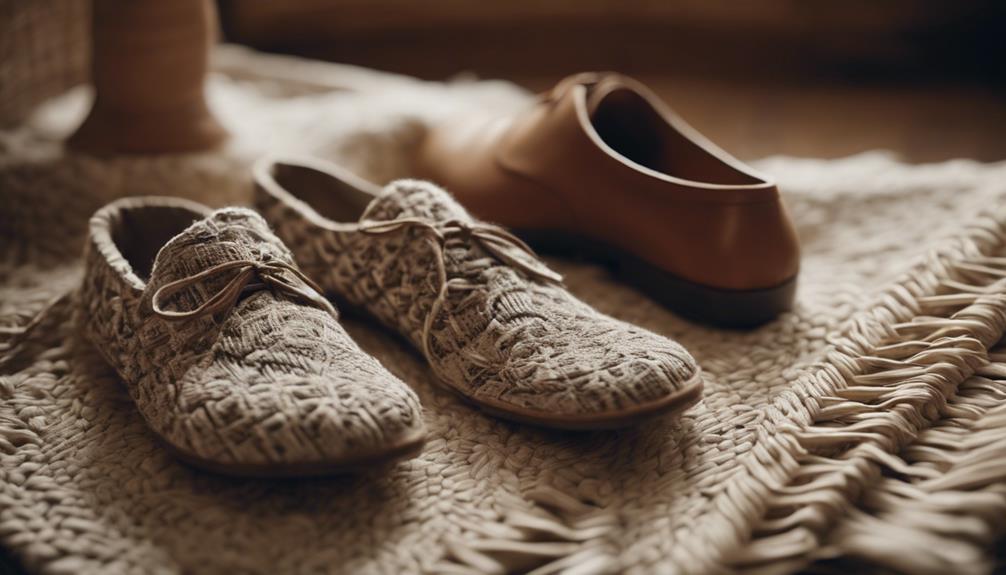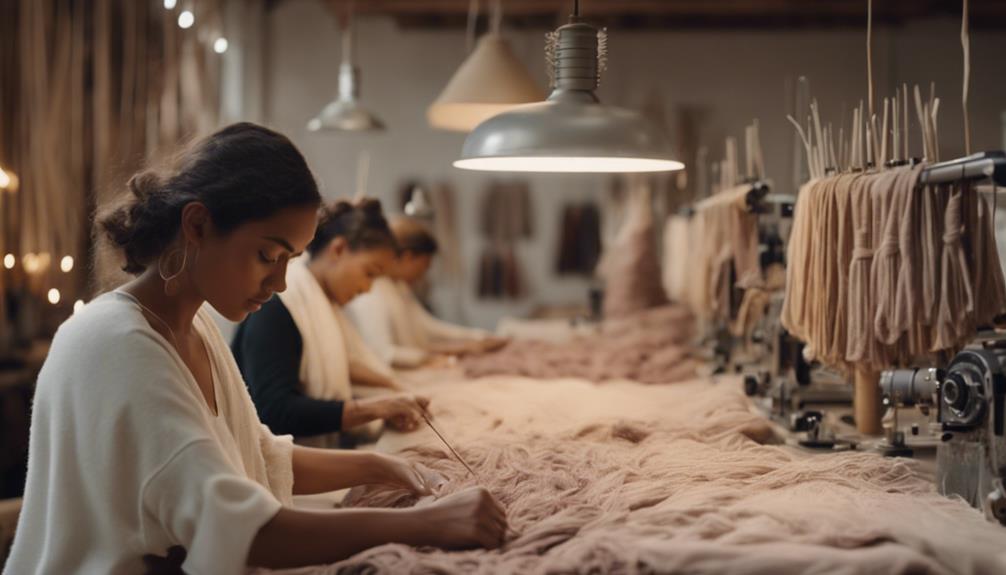Sustainable fashion is expensive mainly because it values ethical labor practices and high-quality materials. Brands invest in fair wages for workers and use eco-friendly materials, which often costs more than conventional options. Smaller production runs lead to less waste but higher per-unit prices. Unlike fast fashion, which benefits from bulk manufacturing discounts, sustainable brands face financial risks from unsold inventory. This commitment to ethics and quality not only justifies the higher costs but also reflects a long-term investment for you. Stick around to uncover more surprising insights about sustainable fashion and what it truly means for you. One of the sustainable fashion problems is the misconception that it is only for the elite. While it is true that some sustainable brands come with a higher price tag, there are also affordable options available that prioritize ethical and eco-friendly practices. By understanding and supporting sustainable fashion, consumers can contribute to the overall shift towards a more conscious and responsible industry. Through education and advocacy, we can work towards solving sustainable fashion problems and make it accessible to everyone.
Key Takeaways
- Ethical practices and fair wages for workers increase production costs for sustainable fashion brands.
- High-quality, eco-friendly materials, like organic cotton, are significantly more expensive than conventional fabrics.
- Smaller batch production reduces waste but raises the price per unit for sustainable items.
- Financial risks from unsold inventory and limited production contribute to higher costs for ethical brands.
Economic Factors Driving Prices
Understanding the economic factors driving sustainable fashion prices reveals how ethical practices and quality materials contribute to higher costs compared to fast fashion.
Sustainable brands prioritize workers' fair wages and decent working conditions, which inherently raises production costs. While fast fashion often thrives on exploitative labor practices that cut corners, ethical fashion invests in the well-being of its workforce. This commitment leads to higher price tags for sustainable clothing.
Additionally, the production of sustainable clothing typically requires more expensive materials, such as organic cotton, which can cost up to 25% more than conventional polyester. Ethical brands also tend to produce in smaller batches to minimize waste, resulting in higher per-unit costs. In contrast, fast-fashion brands benefit from bulk manufacturing discounts, allowing them to keep their prices low.
Moreover, sustainable brands face the financial risk of unsold inventory, which can further drive up prices. While increased consumer demand for sustainable products may eventually lead to price reductions, the current market reflects the initial investment needed to support ethical and environmentally-friendly practices.
Understanding these factors helps you appreciate why sustainable fashion carries a premium and the value it brings to both people and the planet.
Labor Practices Impacting Costs
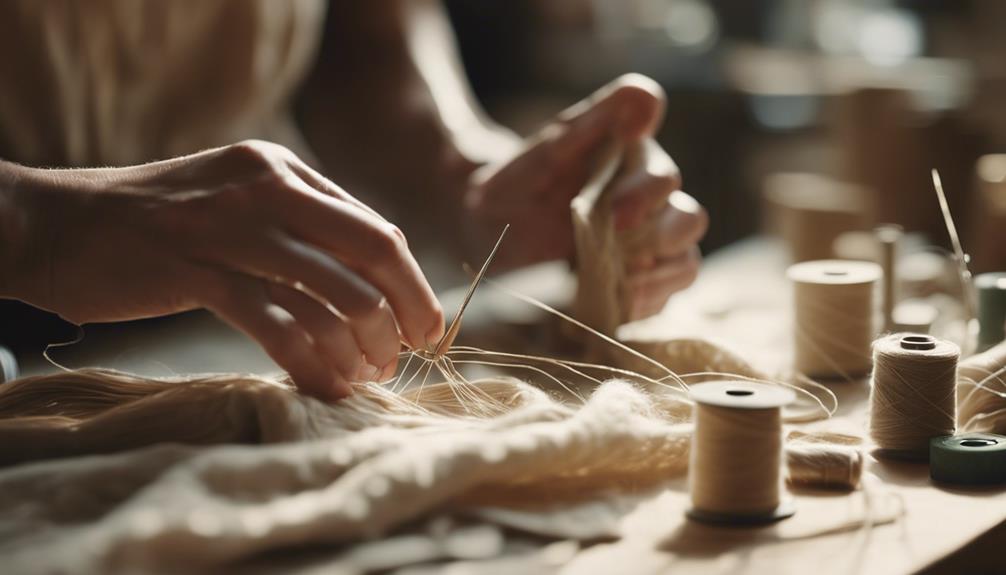
The higher costs of sustainable fashion are largely influenced by labor practices that prioritize fair wages and safe working conditions for garment workers.
While fast-fashion brands often allocate around 70% of their costs to fabric, leaving minimal funds for worker compensation, ethical fashion brands endeavor to guarantee that their garment workers receive fair wages, often exceeding legal requirements.
Globally, only 2% of garment workers earn a living wage, highlighting the economic pressures that drive up costs for sustainable brands. For instance, in Bangladesh, after extensive protests, the minimum wage for garment workers rose from $72.50 to $113 per month, showcasing the ongoing struggle for fair labor practices within the apparel industry.
This commitment to ethical practices means that sustainable brands face higher production costs, leading to prices like $48 for a basic T-shirt.
However, these costs reflect the brands' dedication to respecting both natural resources and the rights of workers.
Quality of Materials Used
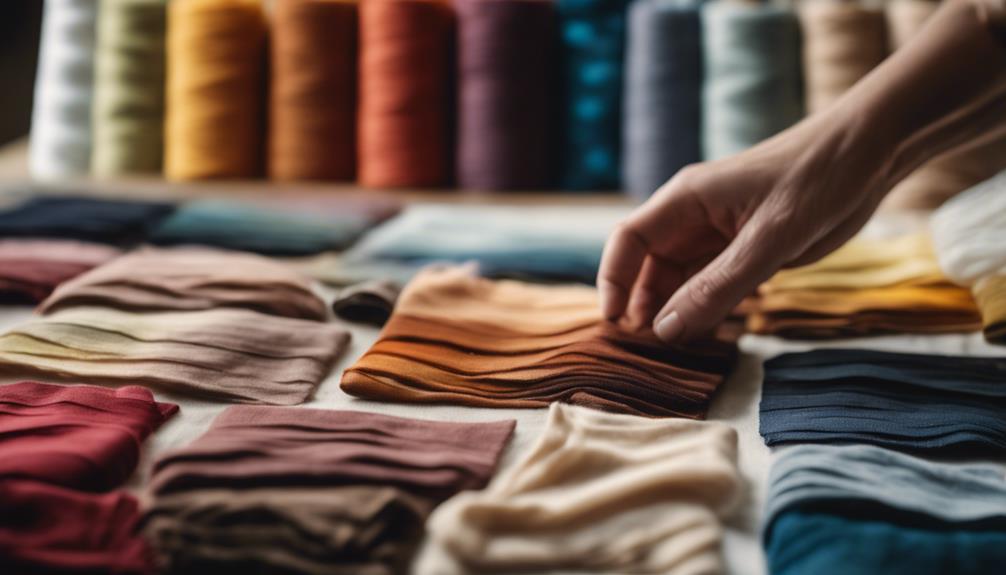
Sustainable fashion brands consistently choose high-quality, eco-friendly materials that prioritize durability and environmental impact over cheaper synthetic options. By investing in materials like organic cotton, you're not only supporting ethical practices but also ensuring your clothing lasts longer. Although the initial cost might be higher, the quality of materials used leads to a lower cost per wear over time.
Here's a comparison to illustrate the differences:
| Material Type | Cost Comparison | Environmental Impact |
|---|---|---|
| Organic Cotton | 25% more than polyester | Reduces microplastic pollution |
| Polyester | Cheaper | Contributes to landfill waste |
| Linen | Comparable to cotton | Biodegradable and sustainable |
| Wool | Higher | Renewable and biodegradable |
| Synthetic Blends | Lower | Non-biodegradable |
As you can see, the quality of materials used in sustainable fashion not only affects pricing but also greatly influences environmental health. By choosing sustainable options, you contribute to a healthier planet while securing stylish, durable pieces for your wardrobe.
Consumer Perception and Behavior

When you think about sustainable fashion, you might see it as pricier than fast fashion, but that perception often overlooks the value of quality and ethical practices.
Many shoppers want to make more sustainable choices, yet they hesitate due to cost concerns that don't reflect the long-term benefits.
Understanding the true worth of these garments can shift your buying habits towards a more conscious approach.
Misconceptions About Pricing
Perceptions of sustainable fashion often skew towards viewing it as prohibitively expensive, overshadowing its true value and the ethical practices behind the pricing. You might think that sustainable options are just too costly, but consider the real reasons behind these prices:
- Ethical Labor: Sustainable brands prioritize fair wages and good working conditions for their workers, unlike many in the fast fashion industry.
- Quality Materials: Natural fibers like organic cotton can cost 25-30% more than synthetic options, reflecting the commitment to sustainability.
- Smaller Production: Sustainable brands often produce in limited quantities to avoid waste, which raises prices compared to bulk-produced fast fashion.
- Long-Term Value: Fast fashion items wear out quickly, leading to more frequent purchases and ultimately higher overall spending.
These points illustrate that while the upfront prices may be higher, the long-term benefits of sustainable fashion far outweigh the initial costs.
Value of Quality
Understanding the value of quality in fashion can reshape how you view your clothing choices, leading to more informed purchasing decisions. When you invest in sustainable fashion, you're not just paying for a piece of clothing; you're purchasing longevity and ethical practices. Fast fashion may seem affordable, but the low quality often leads to more frequent replacements, ultimately costing you more over time.
Here's a quick comparison to illustrate the value of quality in sustainable fashion versus fast fashion:
| Aspect | Sustainable Fashion | Fast Fashion |
|---|---|---|
| Material Quality | High-quality, durable | Low-quality, disposable |
| Lifespan | Long-lasting | Short-lived |
| Cost per Wear | Economical in the long run | Expensive over time |
| Ethical Practices | Fair labor, eco-friendly | Often exploitative |
| Consumer Perception | Higher initial cost, better value | Lower cost, poorer value |
Industry Trends and Challenges
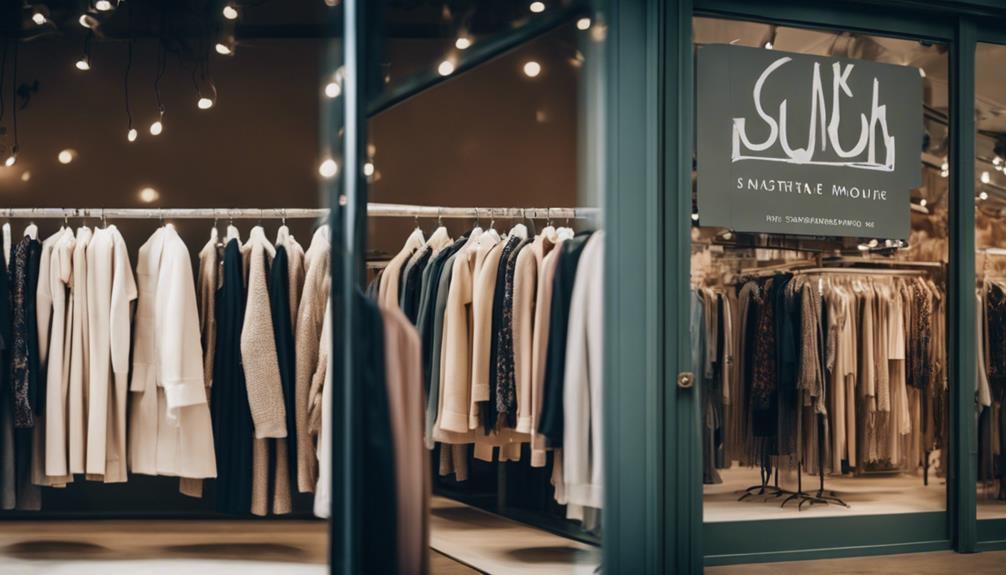
Many brands are now grappling with the challenge of balancing fast fashion's low-cost model against the rising demand for sustainable practices. Fast fashion companies thrive on low prices, prioritizing speed over ethical evaluations. Meanwhile, sustainable brands often face higher production costs due to ethical sourcing and fair wages, which can make their products seem overpriced.
This creates a complex landscape where consumers are torn between affordability and ethical responsibility.
Here are some critical issues to reflect on:
- Environmental Impact: Fast fashion contributes to significant waste and pollution.
- Human Rights Violations: Many low-priced garments are produced in factories with poor working conditions.
- Consumer Misconceptions: Many still view sustainable options as too expensive, despite their long-term value.
- Market Inefficiencies: Overproduction in the industry leads to a surplus of unsold items, driving prices down unjustly.
Despite the growing demand for ethical fashion, the systemic inefficiencies of the industry complicate the path forward. Advocating for sustainability is essential, as it pressures manufacturers to adopt transparent practices, ultimately benefiting both the planet and society.
Alternatives to Sustainable Fashion

When you're looking for alternatives to sustainable fashion, thrift stores and ethical indie brands are great places to start.
You can discover unique pieces while supporting businesses that prioritize eco-friendly practices.
Plus, these options help keep your wardrobe fresh without breaking the bank.
Thrift Store Treasures
Thrift stores and consignment shops offer a treasure trove of unique fashion finds at prices that won't break the bank, making them an excellent alternative to new sustainable brands.
By opting for secondhand fashion, you not only score incredible deals but also contribute to reducing textile waste. Every piece you buy helps prevent millions of tons of clothing from ending up in landfills.
Here are four reasons to explore thrift stores for your next fashion haul:
- Unique Style: Uncover one-of-a-kind vintage clothing that sets you apart from the crowd.
- Quality Craftsmanship: Many vintage pieces boast superior quality and durability compared to fast fashion.
- Budget-Friendly: Enjoy significant savings while still making sustainable choices that align with your values.
- Creative Opportunities: Embrace DIY and upcycling to transform pre-loved garments into personalized treasures.
With online resale platforms making it easier than ever to shop secondhand, you have no excuse not to plunge into the world of thrift store treasures.
Ethical Indie Brands
Exploring thrift stores is just one way to embrace sustainable fashion; ethical indie brands offer another compelling option that prioritizes fair labor practices and environmentally friendly materials. When you choose these brands, you support fair wages for workers and contribute to a more ethical fashion industry.
Unlike fast fashion, ethical indie brands often produce clothing in limited quantities, which helps minimize waste and overproduction. This approach means you may pay more for a T-shirt—around $48—compared to cheaper alternatives, but you're investing in quality and sustainability.
These brands frequently use high-quality natural materials, which can be pricier than the synthetic fabrics found in fast fashion. In addition, ethical indie brands emphasize transparency in their supply chains, ensuring that their practices meet fair trade standards. This commitment to ethical production adds to the overall cost of their garments but guarantees that your purchase supports a responsible industry.
As demand for sustainable options grows, ethical indie brands are innovating and refining their processes. While prices may be higher now, increased consumer support could lead to more affordability in the future, making sustainable fashion more accessible for everyone.
Frequently Asked Questions
Why Is Sustainable Clothing More Expensive?
Sustainable clothing's more expensive because it uses higher-quality materials, pays fair wages, and focuses on durability. You're investing in long-lasting fashion that benefits the environment, ultimately saving money through fewer purchases over time.
What Is the Problem With Sustainable Fashion?
You might find sustainable fashion problematic due to its higher cost and limited availability. It often requires you to compromise on affordability while prioritizing ethical practices, which can make it feel less accessible for your wardrobe choices.
Do People Really Care About Sustainable Fashion?
Imagine a green leaf against a backdrop of gray concrete. You care about sustainable fashion, but the allure of fast, cheap options often drowns out that desire, leaving you torn between values and convenience.
Is Sustainable Fashion for the Rich?
Sustainable fashion isn't just for the rich. You can find affordable options by exploring thrift stores, supporting local artisans, or shopping from brands committed to ethical practices, making conscious choices accessible for everyone.
Conclusion
In the world of sustainable fashion, you're often paying for more than just a shirt; you're investing in ethical practices and quality craftsmanship.
While the price tag might sting, remember that you're supporting a movement towards a healthier planet and fair labor.
As you weigh your options, think of each purchase as planting a seed for change.
Ultimately, choosing sustainable fashion isn't just about style—it's a statement that echoes through time, shaping a better future for all.
